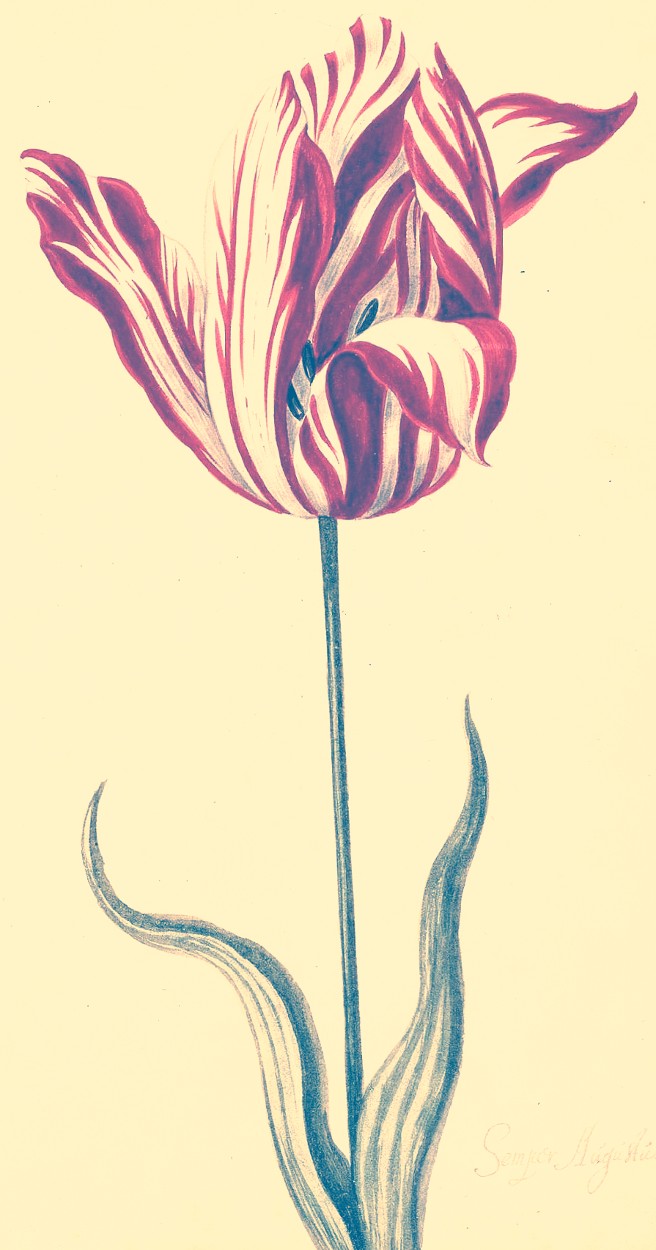“…for reality is an illusion of the daylight — the light of our particular day,”
– Loren Eiseley, The Unexpected Universe
All of a sudden, after the last fireworks have sparkled, and the strings of twinkling lights have been disconnected, pulled down, disentangled, boxed,
“I don’t know how to put it: it was like the whole world’s electricity supply suffered a voltage drop. Everything got one step darker, one step colder.”
A break, dark and heavy, of time—and life, it feels, heartbreakingly. Barren landscapes. The impossibility of spring. Icy winds crack lips, spirits too. Everywhere, “take a deep breath, feel like you’re chokin’,” Dylan sang,
“everything is broken.”
It must have been a winter in the 1400s when the word heartbreak, “overwhelming grief or sorrow,” was invented. When someone used ‘break,’ the “violent division of something solid into parts or fragments,” to describe that crushing feeling, sharp and frozen, on the chest, right where the heart would be,
because something that once was there, isn’t. ‘Break’ implies lessen, impair, that whole was purer, better, an endlessly flowering garden…
but there would be no flowers, air, life in an unbroken garden.
Trees make food by synthesizing light, using chlorophyll, which helps capture photons and release oxygen. Chlorophyll is a green pigment, one of four in leaves, but xanthophyll (yellow), carotenoids (orange), and anthocyanins (purples, reds), can only be seen in autumn,
when chlorophyll breaks. When cold settles, daylight fades and trees prepare for sleep, and no longer need chlorophyll for energy. Without chlorophyll, no air, but with it, no colour,
no mad, maddeningly beautiful forests ablaze with unimaginable hues and uncountable permutations of reds, yellows, oranges, purples. Chlorophyll, broken, also allows fruits to ripen: lush persimmons; vermilion apples; sweet, mushy bananas… And leaves, broken, falling off, bearing the trees, saving food, breaking down upon the earth, nurturing the soil—like human bodies, eventually, dust to dust—feeding the brave little edelweiss, crocuses, snowdrops…
“We are rag dolls made out of many ages and skins, changelings who have slept in wood nests … We have played such roles for infinitely longer ages than we have been men. Our identity is a dream. We are process, not reality, for reality is an illusion of the daylight — the light of our particular day,”
Light through cracks, gold in kintsugi, a single tulip painted into a Rembrandt, “dwarfing the other blossoms in scale and splendour — its silken petals aflame with stripes of red and white,”
a breed so rare and hypnotically gorgeous it caused a fever across Europe, turning gardeners, horticulturalists, alchemists desperate, planting hundreds, thousands of bulbs across Holland, France, all the way to the farthest Ottoman East,
for the mad, maddeningly beautiful chance of one “broken tulip” blooming in “sudden and mysterious eruptions of contrasting colour”—a phenomenon today known to be caused by a virus that erratically suppresses the dominant pigment, revealing the hidden white, pale yellow…
“There is a crack, a crack in everything,” and it is all beautifully broken.
